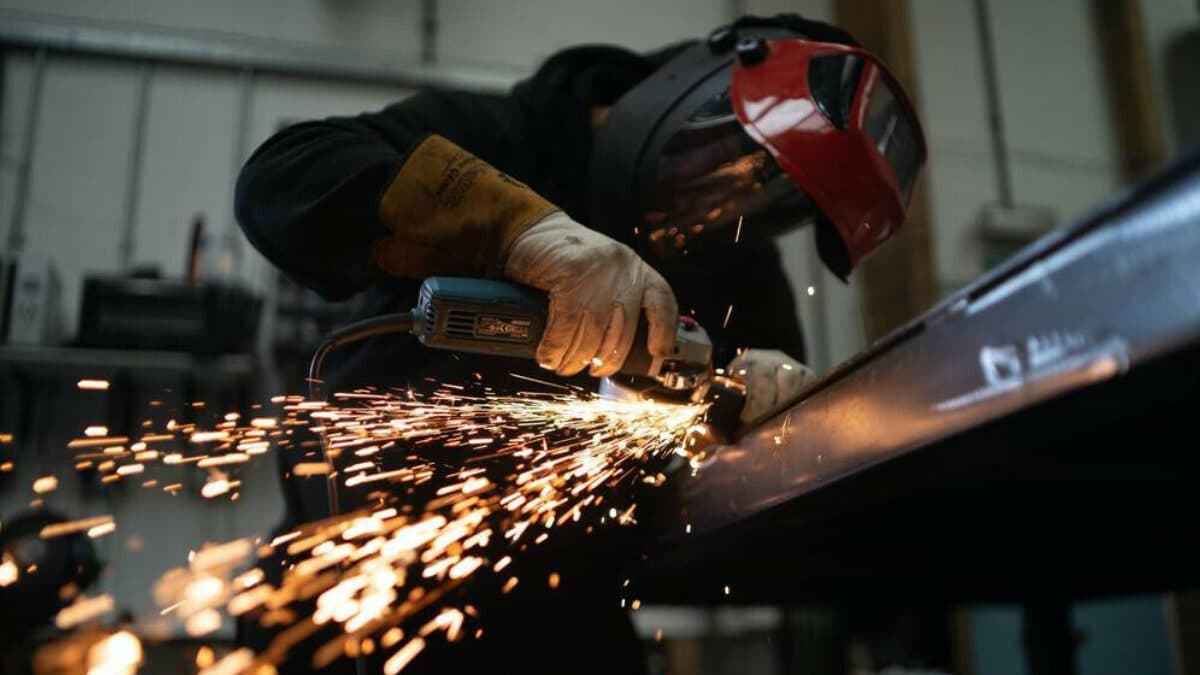Elite performers achieve 18% sales growth while sector faces margin pressure and supply chain constraints
Australia’s manufacturing sector is experiencing a tale of two industries, with top-performing companies thriving while the broader sector grapples with economic slowdown and cost pressures, according to Grant Thornton’s newly released 2025 Manufacturing Benchmarking Report.
The comprehensive study, which analysed financial data from 100 mid-sized Australian manufacturers, reveals that elite performers are growing revenue more than six times faster than the industry average, demonstrating the critical importance of strategic adaptation in today’s challenging business environment.
Performance gap widens between leaders and laggards
The report’s most striking finding centers on the dramatic performance disparity emerging within the sector. Top manufacturers achieved an impressive 18% sales growth over the past year, far outstripping the industry average of just 3%.
This success has allowed high-performing companies to free up capital for strategic investments in automation, product innovation, and digital infrastructure – creating a virtuous cycle that further separates them from their struggling competitors.
“From our analysis, it’s clear that success in the industry hinges on the ability to manage cost pressures and complexity while continuing to invest in capability, innovation and technology,” said Michael Climpson, National Head of Manufacturing at Grant Thornton.
The report reveals a clear correlation between company size and financial performance. Manufacturers with revenue above $75 million have managed to increase their gross profit percentage from 31% to 33%, mirroring the results achieved by top performers across all size categories.
In stark contrast, businesses below the $75 million threshold experienced a sharp contraction in gross margin, falling from 36.2% to 32.6%. This divergence highlights the advantages of scale in managing cost pressures and maintaining profitability during economic uncertainty.
Despite the margin pressure, smaller manufacturers demonstrated resilience through improved EBITDA performance, indicating strong cost management capabilities even as their gross margins contracted.
The manufacturing sector’s valuation metrics continue to face headwinds, with EBITDA multiples decreasing to 8.3x – marking the second consecutive year of decline in EBITDA margins. Current margins now sit below levels seen in 2022, reflecting the persistent impact of inflationary pressures on operational costs.
This valuation pressure comes despite the sector’s overall growth, suggesting that investors remain cautious about the manufacturing sector’s near-term prospects amid broader economic uncertainty.
Strategic opportunities emerge
Rather than viewing the current economic environment as purely challenging, industry leaders are identifying strategic opportunities for long-term positioning.
“The current economic slowdown provides an opportunity to re-evaluate future strategies,” Climpson noted. “This could involve securing government grants for investments in technology and innovation, exploring new product lines and markets, or leveraging mergers and acquisitions to enhance scale and diversify operations.”
The report underscores the multifaceted challenges facing Australian manufacturers, who must simultaneously navigate supply chain constraints, cost pressures, and intensifying global competition. However, the success of top performers demonstrates that strategic focus on innovation and operational excellence can overcome these challenges.
Grant Thornton’s analysis drew from audited financial statements of 100 Australian mid-sized manufacturers, with annual turnover typically ranging from $20 million to $600 million. The research methodology included normalization adjustments to account for major outliers, ensuring the benchmarking data accurately reflects typical industry performance patterns.
The report’s findings suggest that the Australian manufacturing sector is at a critical juncture, where strategic choices made today will determine long-term competitive positioning. Companies that can successfully balance immediate cost management with continued investment in capability building are likely to emerge stronger as economic conditions stabilise.
Keep up to date with our stories on LinkedIn, Twitter, Facebook and Instagram.

